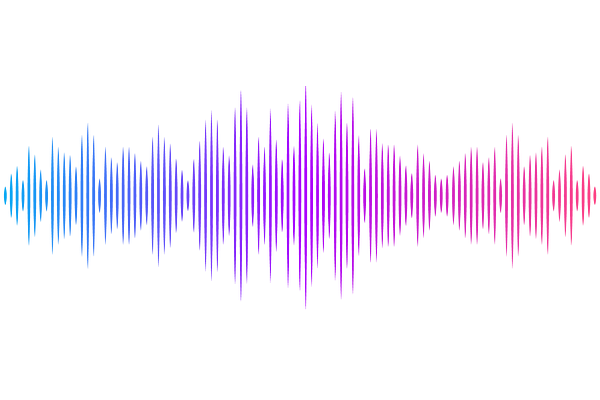Odor sequence learning in honeybees: insights from olfactory classical conditioning paradigm

Odor sequence learning in honeybees: insights from olfactory classical conditioning paradigm
Bortot, M.; Vallortigara, G.
AbstractThe ability to extract regularities from the sensory input is important for adaptation to a complex environment and to support behavioral flexibility. Honeybees have sophisticated cognitive and learning capacities, including categorization of stimuli on the basis of perceptual (e.g., symmetry) and abstract (e.g., sameness/difference) concepts. Here we investigated whether bees could extrapolate the temporal regularity of a sequence. By exploiting the olfactory conditioning of the proboscis extension response (PER), we investigated whether honeybees could learn and generalize a particular sequence structure composed of different odors presented in a specific temporal order. Different conditioning paradigms (i.e., absolute, differential, generalization) were employed. Bees used different strategies, such as an early tendency to encode the single odor properties, instead of learning the entire sequence pattern. The use of a generalization paradigm potentially uncovered a spontaneous tendency to transfer over similar structures one hour after the training irrespective of the single-element properties, though this finding is not yet conclusive. These results shed light on the strategies used by bees to solve an odor abstraction task, highlighting the crucial role of the type of conditioning to let them emerge.